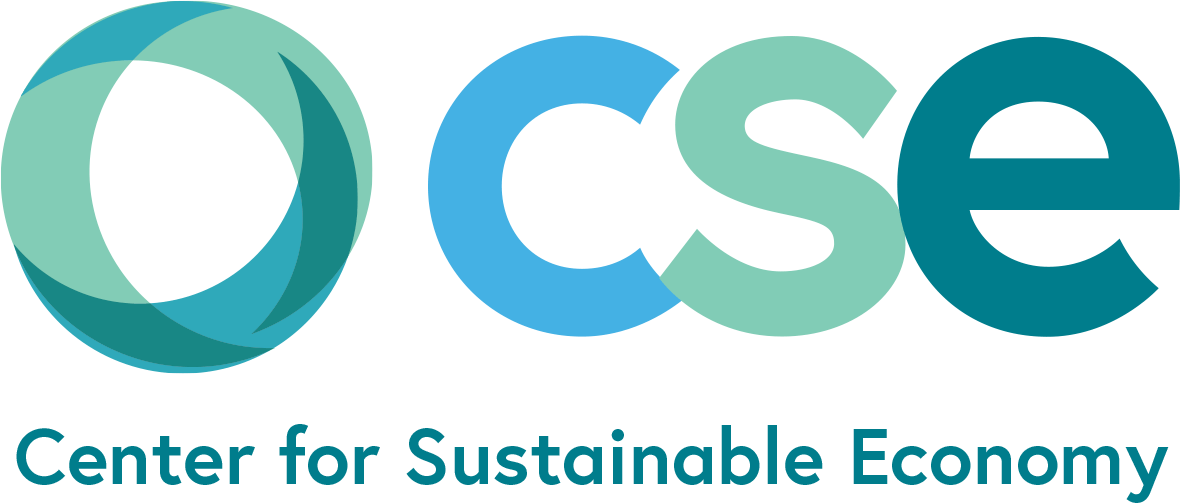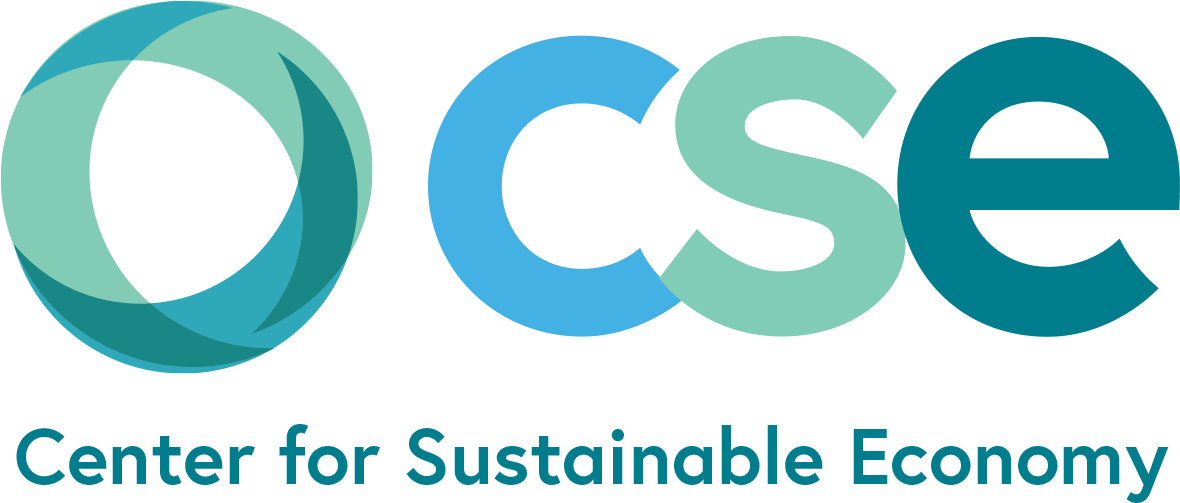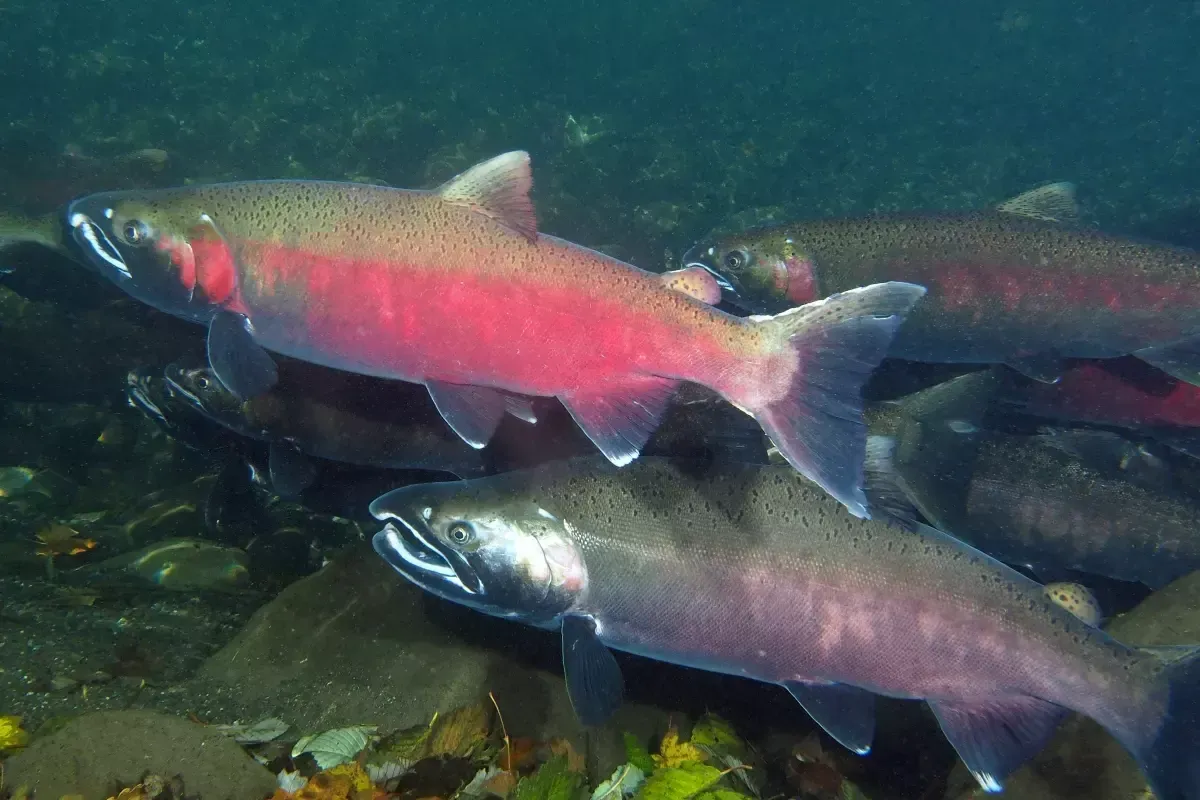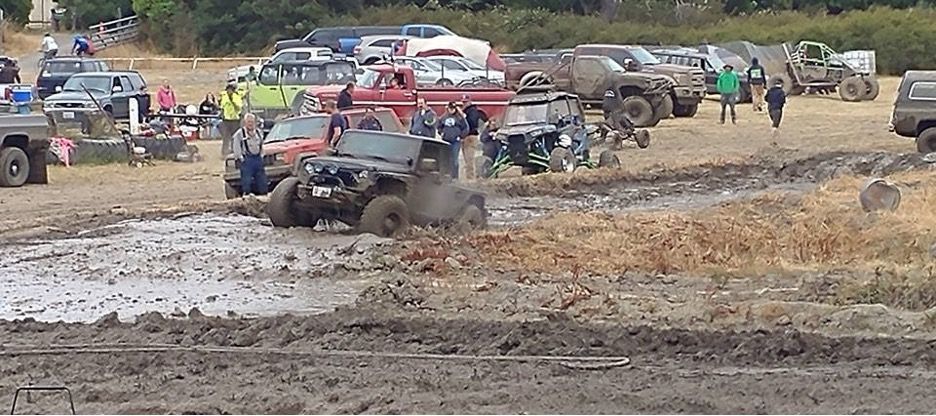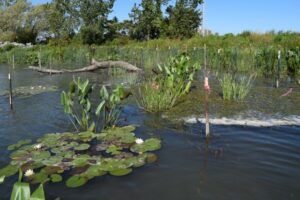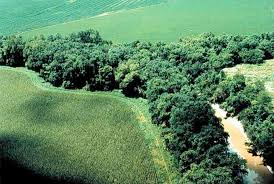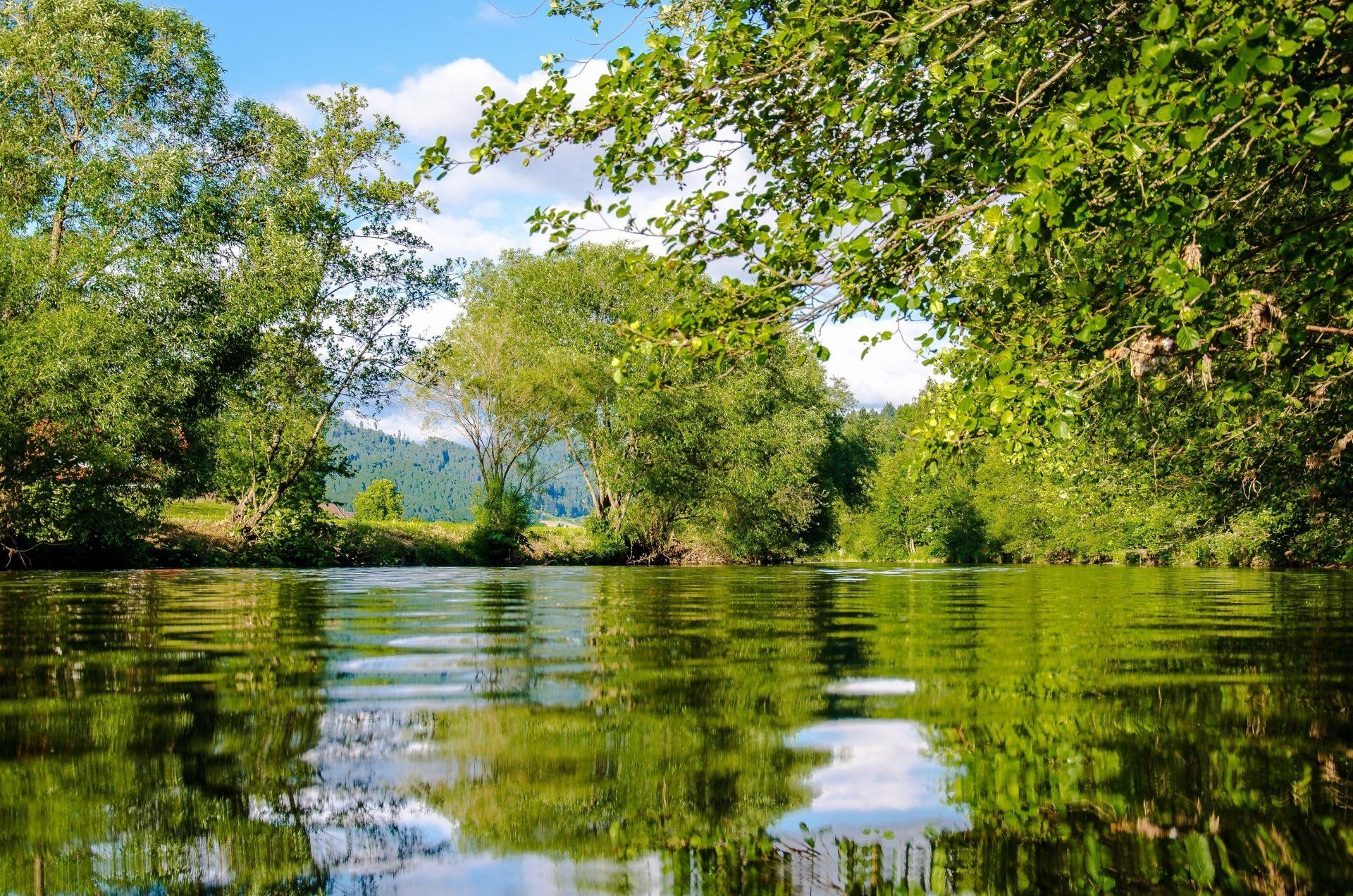Green Infrastructure
PROGRAM OVERVIEW
Investments in so called “green” infrastructure solutions such as wetland restoration or agricultural best management practices are increasingly recognized as cost effective ways to achieve environmental quality outcomes relative to investments in “gray” infrastructure such as wastewater treatment or water filtration plants. For example, the Center for Neighborhood Technology asserts “[t]he research shows that green infrastructure measures are as effective as conventional approaches in relieving flooding, and can be installed more cheaply and quickly.” Moreover, green infrastructure is considered a lasting source of ecosystem service benefits for communities that appreciates rather than depreciates over time.
CSE helped pioneered an analytical technique for quantifying the economic and financial tradeoffs between green and gray infrastructure in three decision-making contexts: (1) disaster risk reduction; (2) regulatory compliance, and (3) infrastructure investment. This technique – green vs. gray analysis (GGA) – extends conventional public infrastructure analysis models used to evaluate the cost effectiveness of technological solutions like new reservoirs by factoring the unique role wetlands, forests, riparian zones and other green infrastructure elements can play in enhancing water quality and flow or achieving other environmental objectives. GGA is used to determine whether investing in these green infrastructure options is a more cost-effective approach.
CURRENT PROJECTS

No-Net-Loss for Forests and Farmland
At COP 26 in Glasgow, the United States signed a pledge to end deforestation and forest degradation by 2030 in order to preserve the critical role forests play in mitigating the worst effects of climate change. The US has also committed to scaling up regenerative agriculture to dramatically increase the amount of carbon sequestered by our productive farmlands. But neither goal can be met if we continue to lose prime forest and farmland to development. A no-net-loss program based on the successful compensatory mitigation program for wetlands may offer a solution, and CSE is working with state and county officials to evaluate the potential role of this program in their jurisdictions.
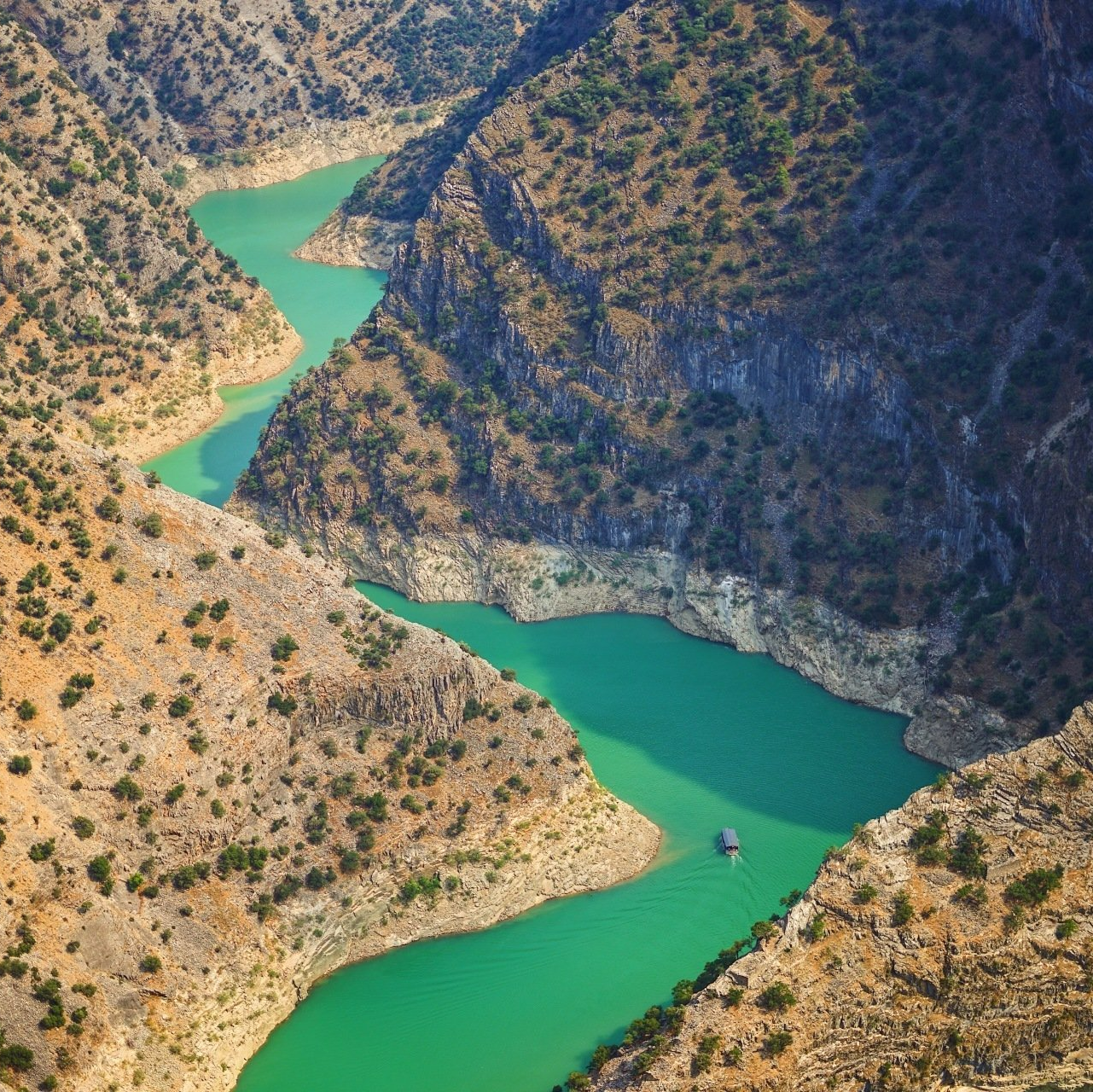
Green vs. Gray Analysis
What are the relative benefits and costs of investing in wetland restoration, riparian corridors, forest protection and open space in lieu of dams, water treatment facilities and stormwater controls? CSE experts can help answer this question using standard methods for green vs. gray analysis (GGA) we helped pioneer. GGA compares the net present value of proposed gray investments with green alternatives that account for the many ecosystem services provided by nature free of charge such as flood control, water supply, water filtration and wildfire risk reduction.
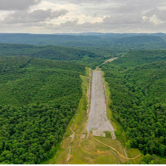
Open Space Defense
While it is difficult to grow our communities without displacing at least some farm and forestlands, there are many options for doing so in ways that minimize the impacts. For example, new highways can be located in places that won’t contribute to deforestation through induced development. New commercial centers and housing can be located on land that has been reclaimed from older, industrial uses instead of land being used to produce food and wood products. With partners, CSE monitors and challenges high-impact projects through administrative and legal means and works with decision makers to ensure that all reasonable alternatives to greenfield development are explored.

